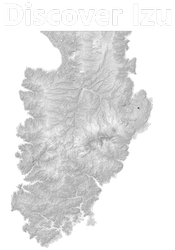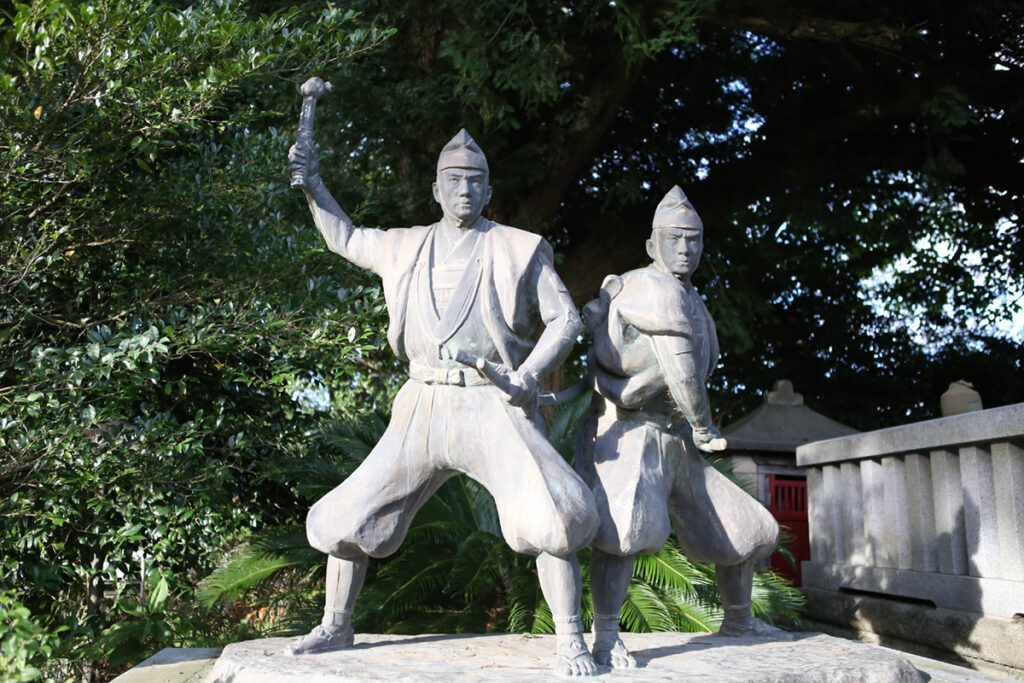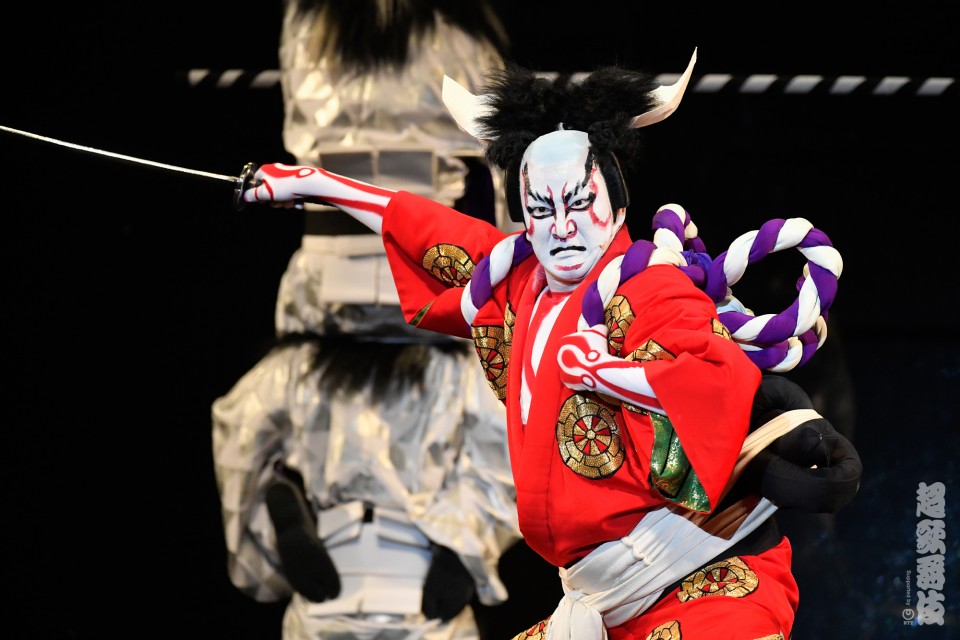A Tale of Revenge Rooted in Izu
The Izu Peninsula, is known for its rugged coastlines, sparkling beaches, and steaming hot springs. While those are wonderful reasons to visit, Izu’s story runs far deeper. Though often overlooked, Izu has been the backdrop to some major turning points in Japanese history. There are stories here hidden in the mists of time, waiting to be heard. One of the most dramatic? The legendary Soga Brothers’ Revenge, a tale that captured the imagination of a nation and still echoes today in kabuki theaters.
A World in Turmoil: 12th Century Japan

To understand the Soga Brothers’ story, you need to imagine what Japan was like in the late Heian period (794-1185). The aristocracy in Kyoto was losing power, and a new warrior class, the samurai, was rising. The Minamoto and Taira clans fought bitterly for dominance, and in this struggle, Izu became a critical place.
Exiled here as a teenager, the young warrior Minamoto no Yoritomo laid low, plotting his redemption. In time, his return to power would lead to the birth of the Kamakura Shogunate and the age of the samurai. Izu wasn’t just a backdrop to these changes, it was where the future of Japan was forged.
The Murder That Sparked a Blood Feud
The roots of the Soga Brothers’ revenge starts with a failed assassination attempt. The assassin’s real target may have been Itō Sukechika, the powerful local lord of Izu, but instead wound up killing Kawazu Saburō, father of the Soga brothers. That single act set the stage for a revenge plot that would span years and become the stuff of legend.
The brothers, Sukenari and Tokimune, grew up vowing to avenge their father’s death. Their target? Kudō Suketsune, the man they held responsible.

The Night of the Vendetta
Their chance came in 1193 during a grand hunting event at the foot of Mt. Fuji, hosted by none other than Minamoto no Yoritomo, the same leader who once lived as an exile in Izu. The brothers struck swiftly, killing Kudō Suketsune, but in the chaos that followed, they were overwhelmed. Sukenari was killed, and Tokimune, captured and interrogated, accepted his death without fear.
It was an act that shook the samurai world and became immortalized in kabuki theater as The Soga Brothers’ Revenge, one of the three most famous revenge plays still performed on stages today.
A Quiet Memorial in Izu: Chizuka
So what does this have to do with Izu? Everything! In the Akazawa area of southern Ito, there’s a place called Chizuka (血塚), literally “Blood Mound.” Local lore says this is the spot where Kawazu Saburo was killed and the famous story began. It’s not a tourist site. In fact, you have to seek it out. But when you stand in that quiet place along the ancient road, surrounded by the forest, you begin to understand how stories like this shaped Japan’s warrior ethos.
Why This Story Matters (and Why Izu Is More Than Beaches)
The Soga Brothers’ tale isn’t just a dramatic kabuki story, it’s a window into the values that defined an era: loyalty, honor, and sacrifice. It also reminds us that Izu is not only a scenic escape. This peninsula played a starring role in Japan’s transformation from an imperial court society to a samurai nation.
Izu’s beaches, hot springs, and wasabi farms are beautiful and restorative, but hidden in its forests and villages are traces of events that shaped Japanese history.
Experience the Story with a Local Guide
Sites like Chizuka are not easy to find or even to appreciate without context. That’s why I include them as part of custom full-day tours designed to bring Izu’s history to life. When we visit these unknown places, you’ll discover how Izu connects to the rise of the samurai, the drama of revenge, and to the legends that are still told today.
👉 Ready to walk through history? Book a private full day tour with Jimmy’s Izu Tours and explore Izu’s beauty and its legends with a local.


